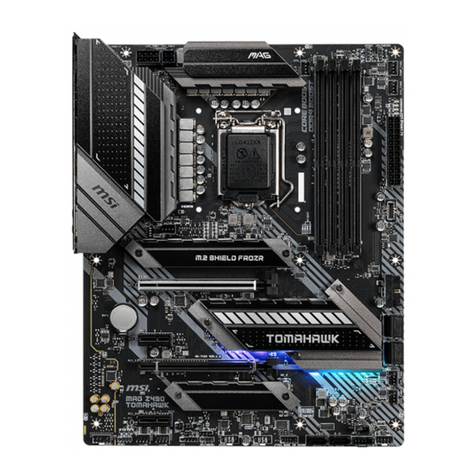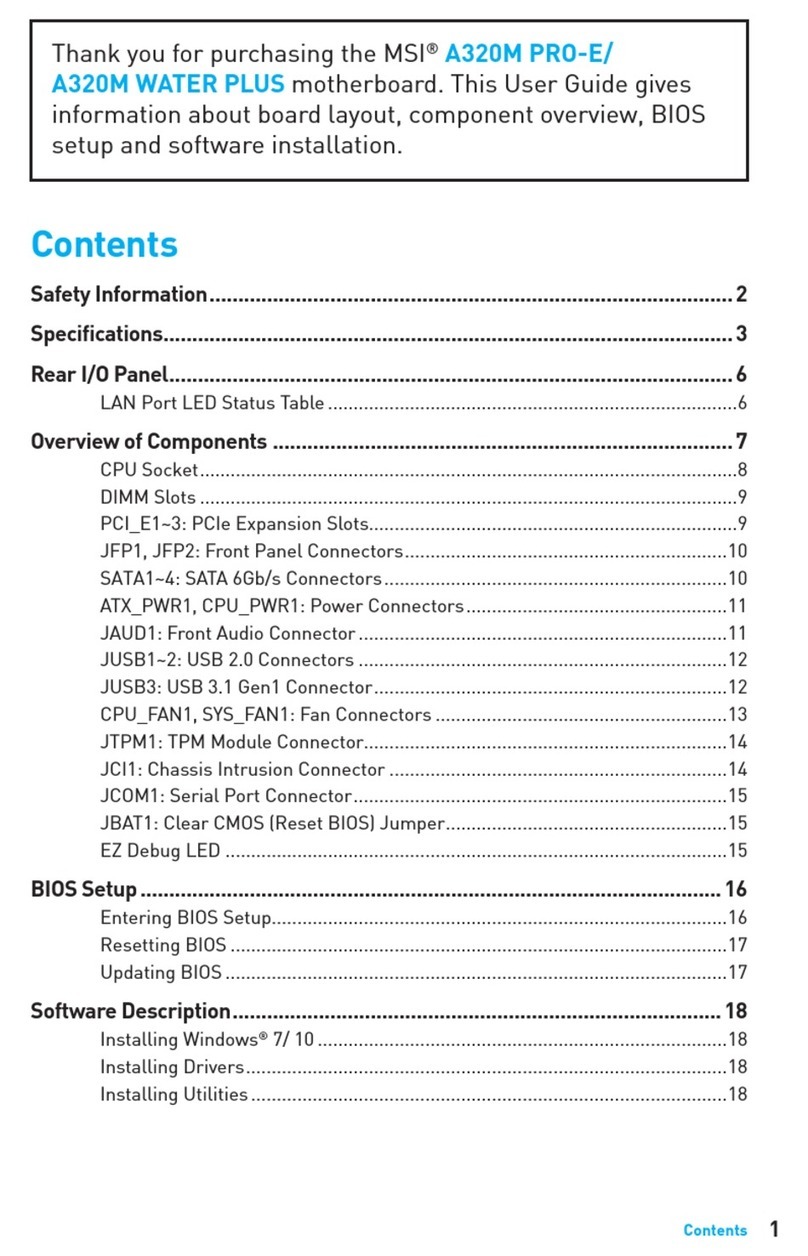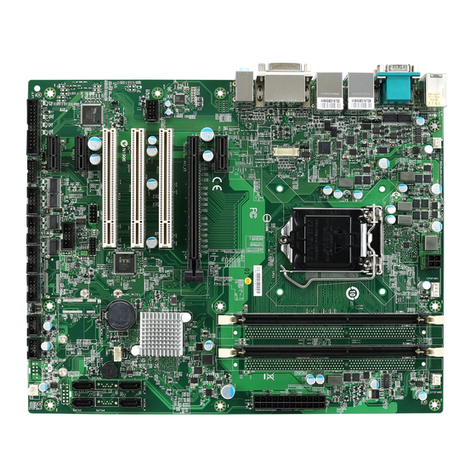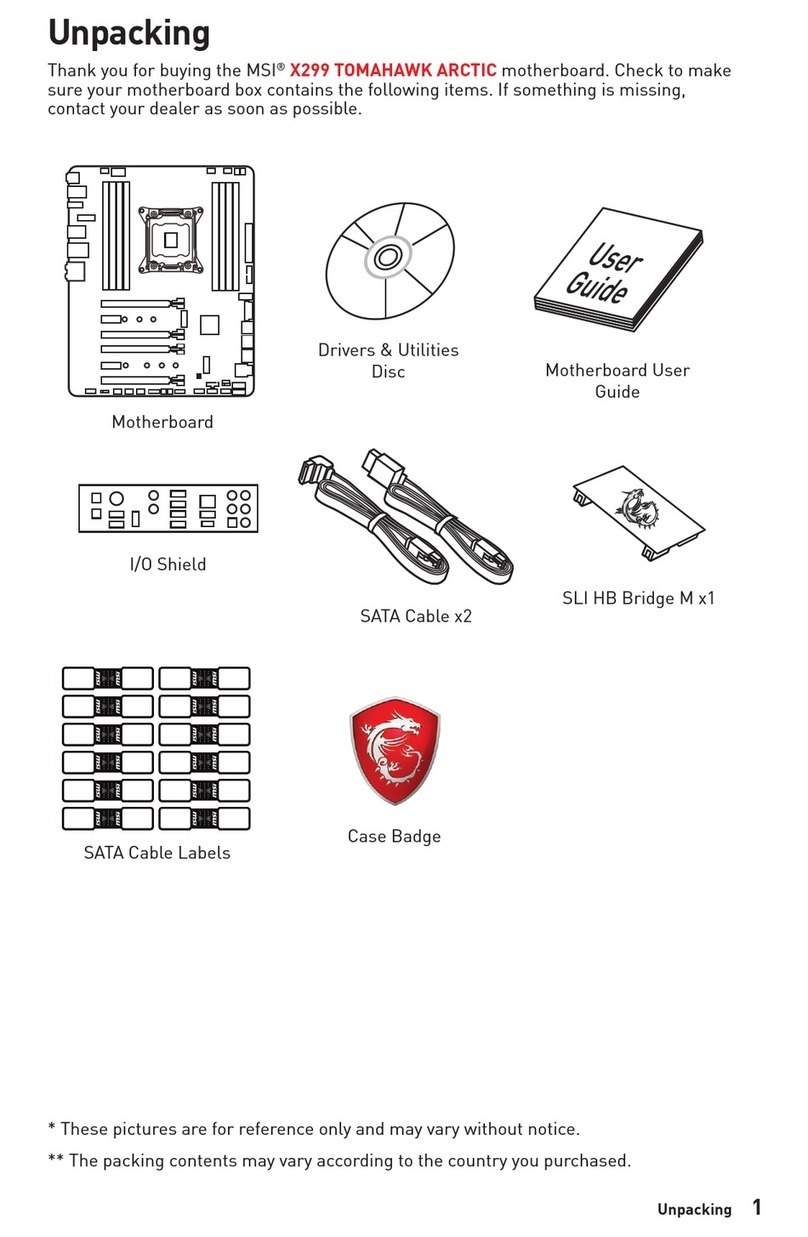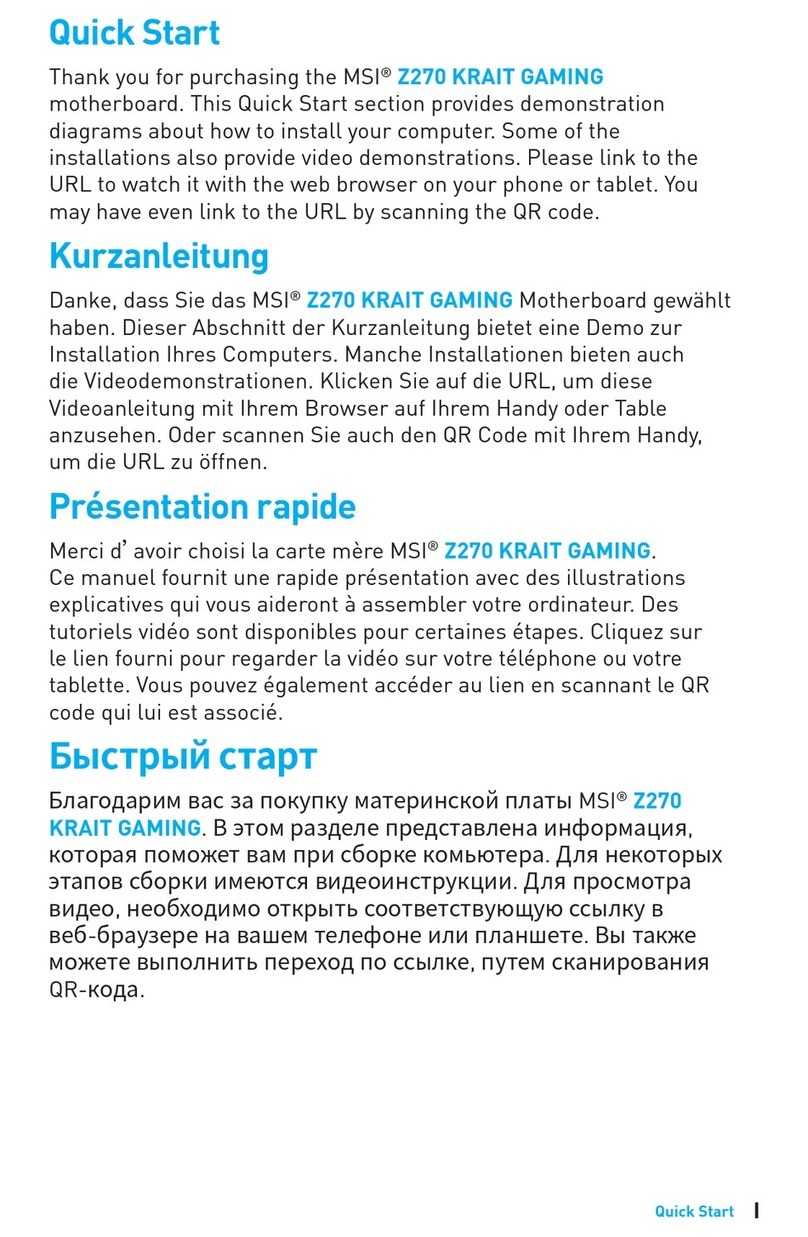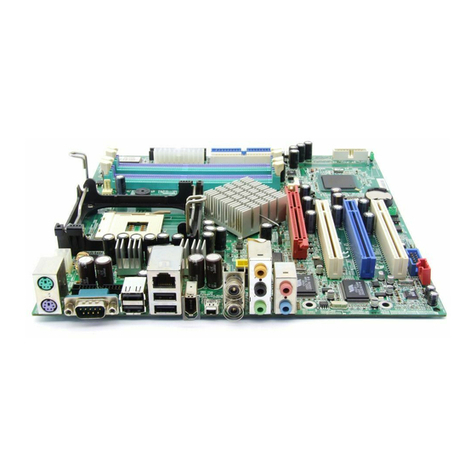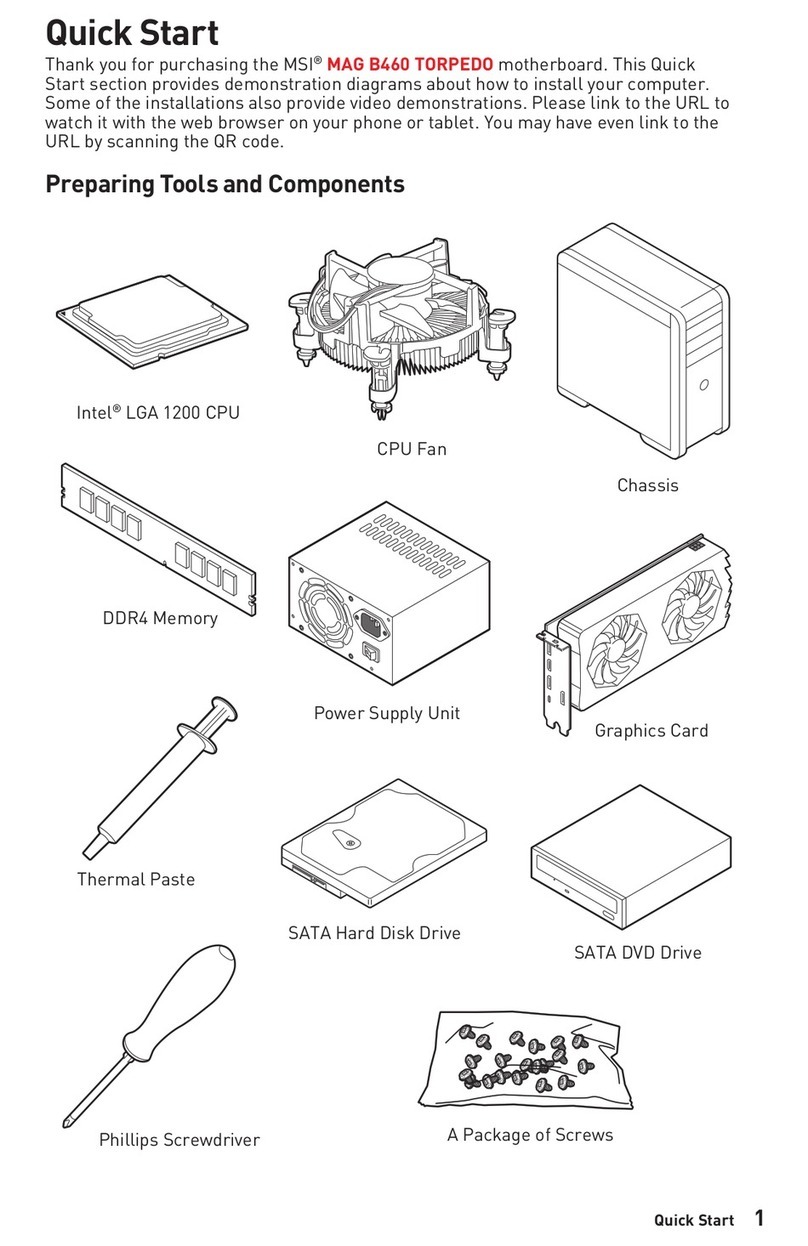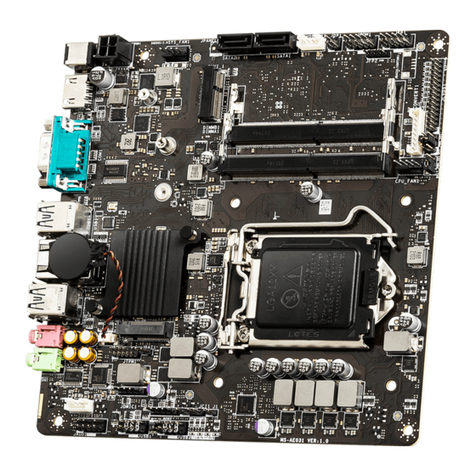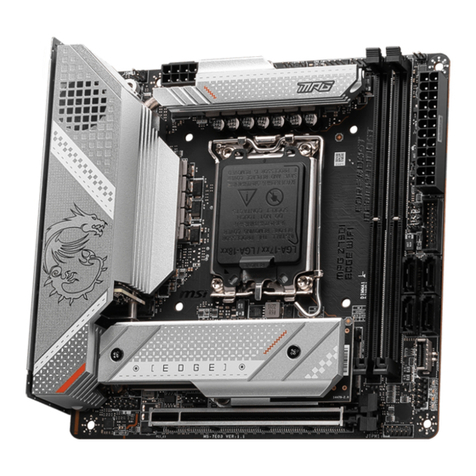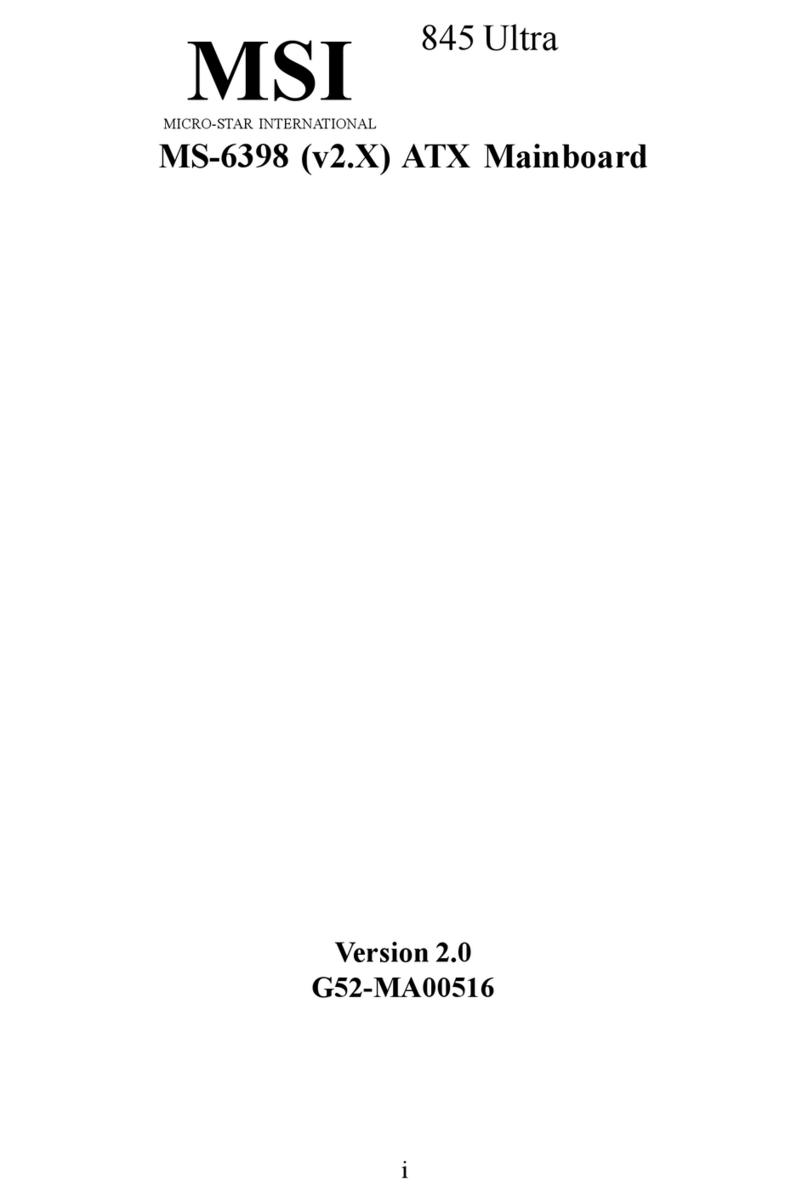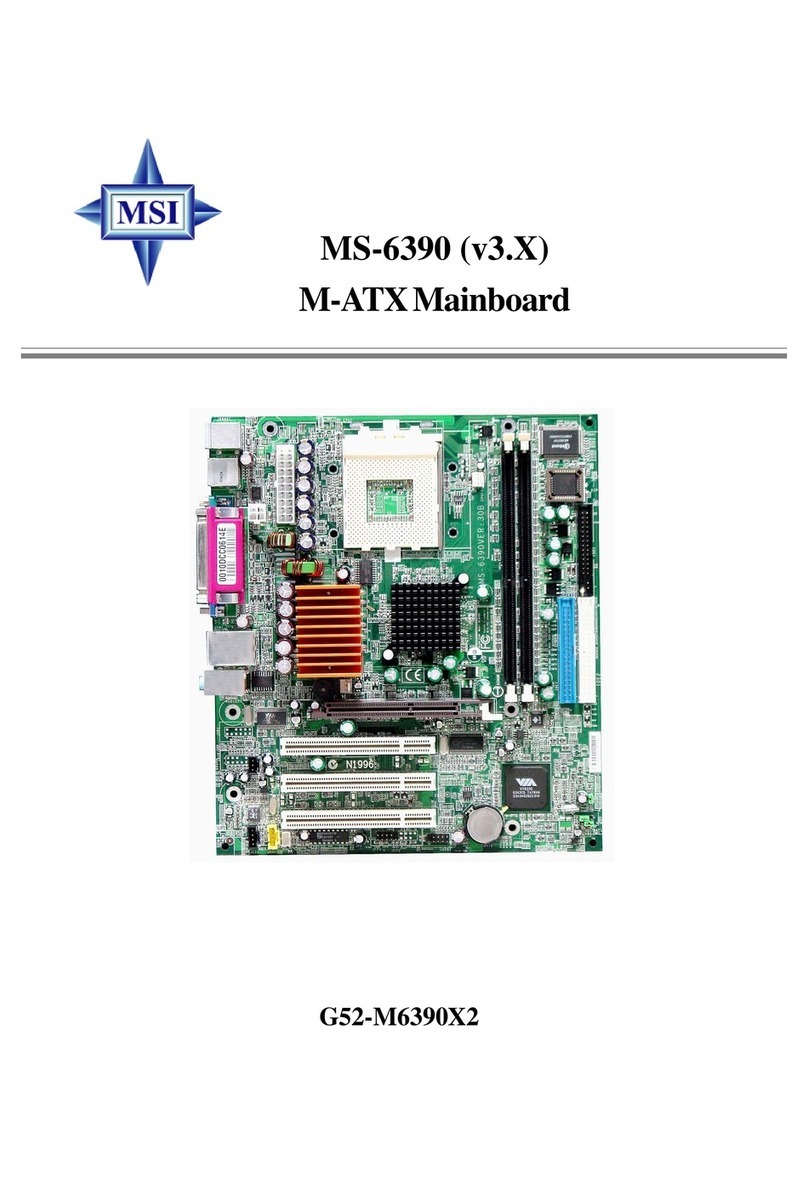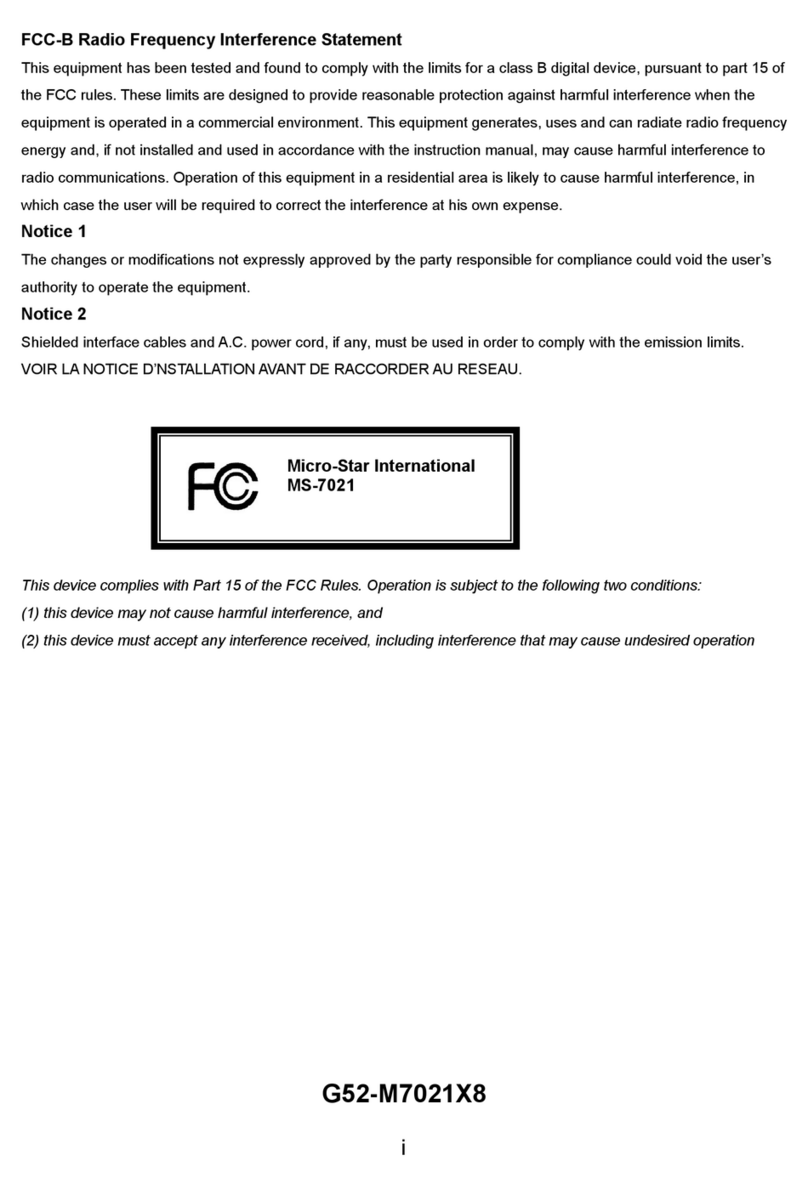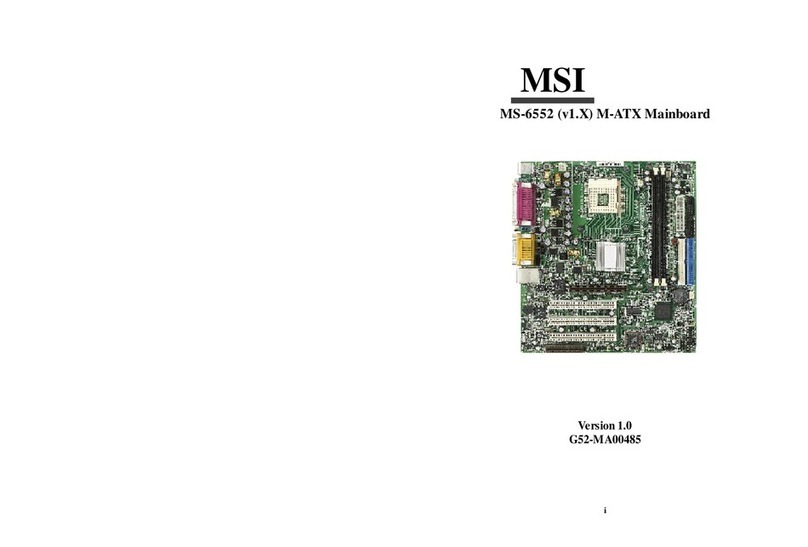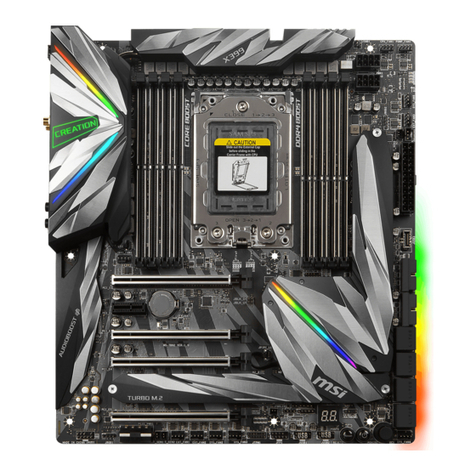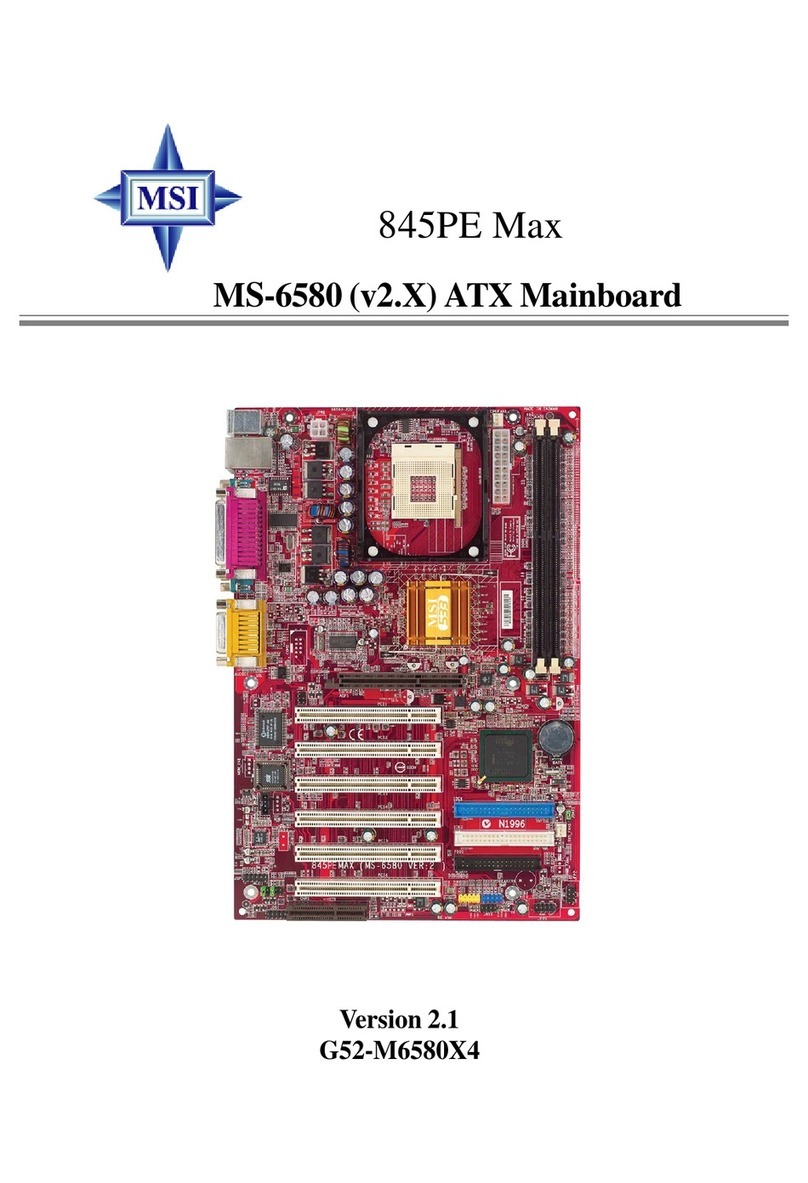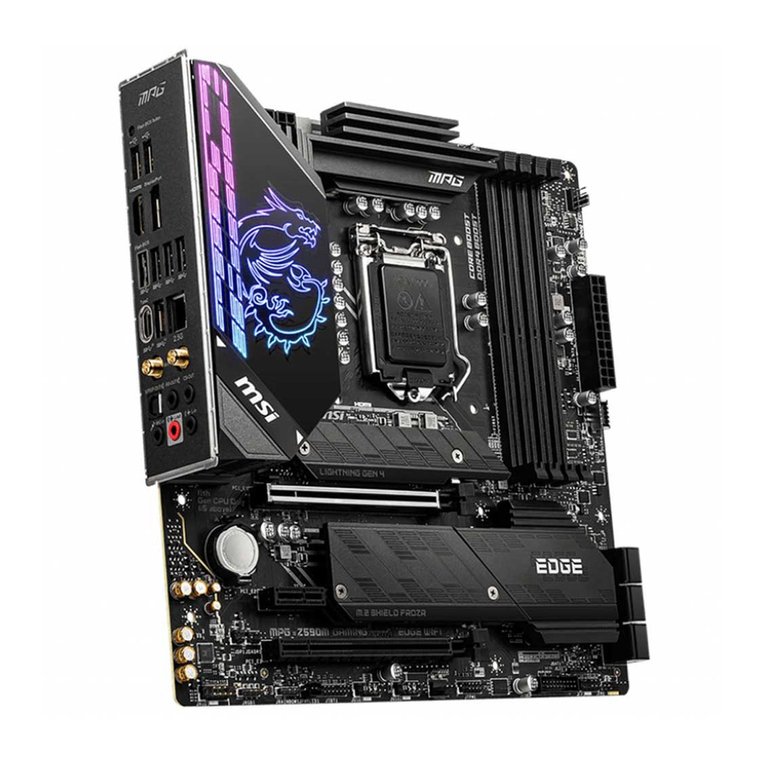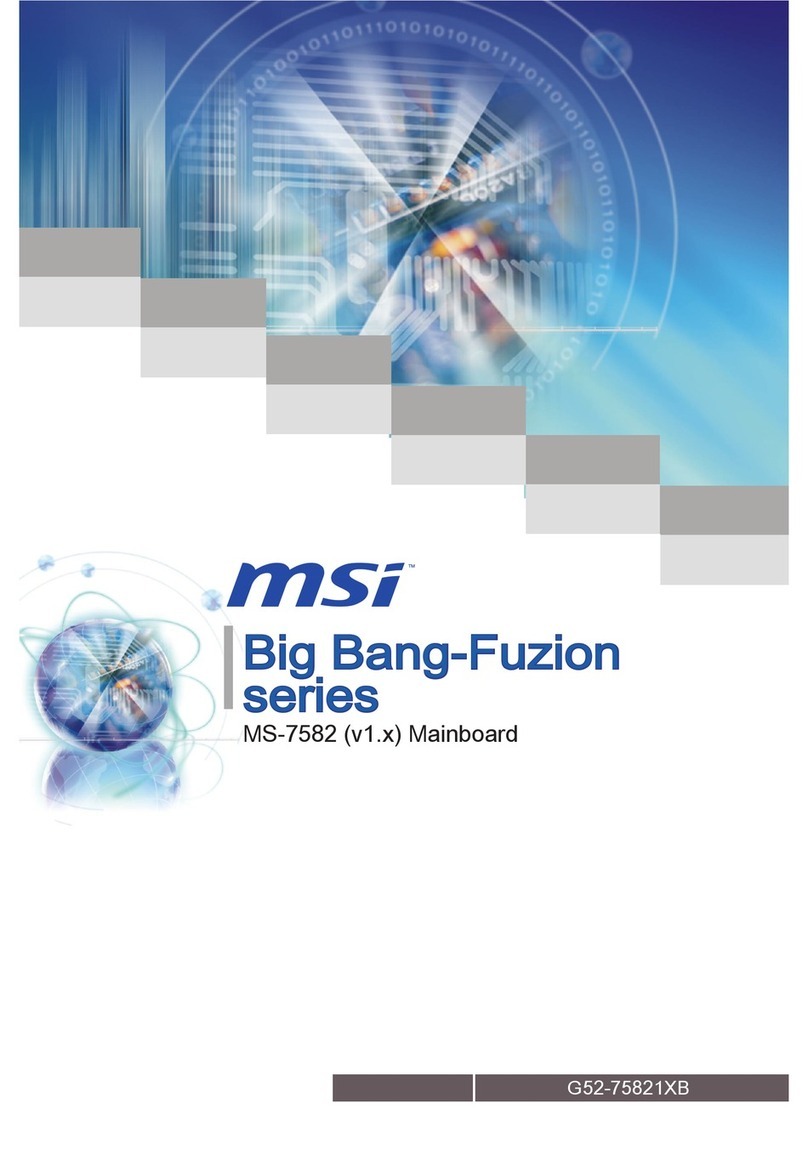CHAPTER 1 INTRODUCTION
1-2
1.1 Mainboard Features
CPU
lSupport dual Intel®Pentium®III(FC-PGA) processor.
lSupports533MHz,566MHz,600MHz,667MHz,700MHz,733MHz,
800MHz,866MHz,and933MHz.
Chipset
lVIA®694Xchipset. (510BGA)
-FSB@133MHz
-AGP 4x and PCI plus Advanced ECCMemory Controller
-SupportPC100/133SDRAM & VCM technology
lVIA®VT82C686Achipset.(352BGA)
- Advanced Power Management Features
- DirectSound AC97 Audio
- Dual bus Master IDE Ultra DMA 33/66
l1394PHY Controller(optional)
-TI®TSB41LV02PHY Digital-to-AnalogTransceiver
- Support up to Two 1394/1394A v 2.0 Compatible Data Channels
l1394Link Layer Controller(optional)
-TI®TSB12LV26 1394Link LayerHost Controller
-IEEE1394,1394 OHCIv1.0&1394Av2.0compatible
- Supports 100/200/400 Mbps High Throughput
-3.3V & 5V OperationforPCI-to 1394 Interface
lPromiseATA100
- Dual bus master IDE Ultra DMA/ATA 100
- up to 133MB/sec burst transfer rate (through PCI Bus)
ClockGenerator
l66.6MHz,100MHzand133Mhz clocks are supported.
MainMemory
lSupport eight memory banks using four 168-pin unbuffered DIMM.
lSupportamaximummemorysizeof 2.0GB.
lSupportECC(1-bitErrorCode Correct) function.
lSupport3.3V SDRAM DIMM.
